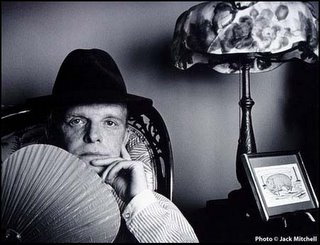blue | on being bleu

It begins simply enough – with any ordinary family leaving a busy city, which we assume in this case to be Paris - perhaps, driving through the tunnels of the peripherique that circle about Paris as they head out of town and to the country to where there home is. It’s just an ordinary day. Really, nothing extraordinary in this scene. Down to the roadside scene when they stop for their daughter who heads to the tall grass for a bathroom break where we guess she squats and pees behind the tall grass. >> more
